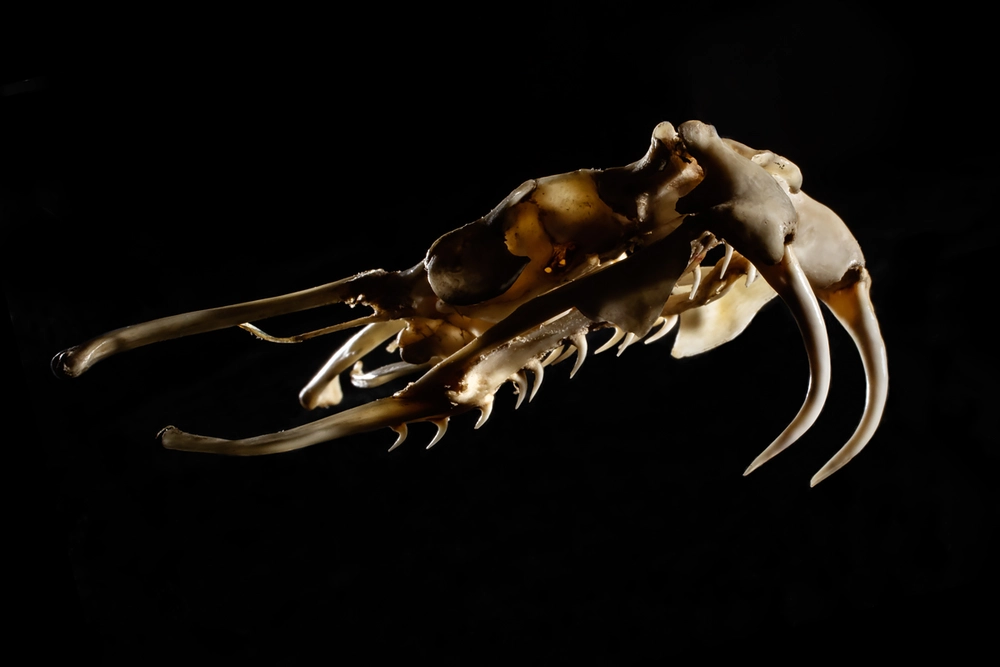
The new findings are reported in the Journal of the Royal Society Interface. “The idea behind this was to come up with a quantitative framework for comparing a variety of biological puncture systems with each other,” said Philip Anderson, a University of Illinois Urbana-Champaign professor of evolution, ecology and behavior who led the research with postdoctoral researcher Bingyang Zhang. “An initial question of this research was how do we even measure these different systems to make them comparable.” “It’s a challenging problem to predict the properties of biological systems,” Zhang said. Animals and plants deploy a variety of strategies for stabbing prey or defending themselves from other organisms, and even those that use similar strategies or tools alter those tools to meet their specific needs, the researchers said. Their targets also differ. “In vipers, for example, some bite mammals, which means they must puncture through soft tissues encased in skin, while others target reptiles, which have scales, making them stiffer and harder to pierce,” said Anderson, who studies the mechanics and energetics of biological puncturing systems.